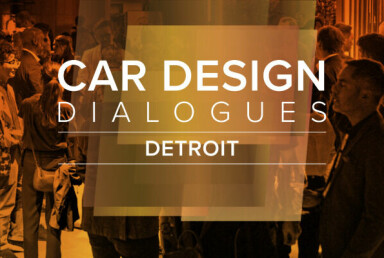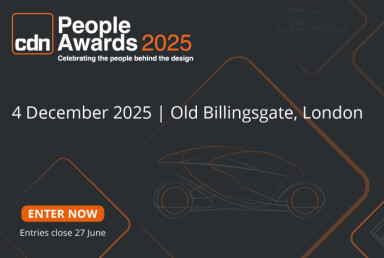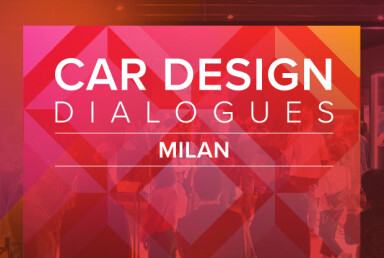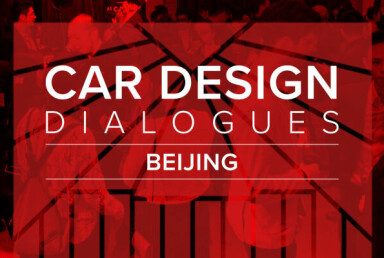Comment on design
"It’s time to take a long, hard look in the mirror"
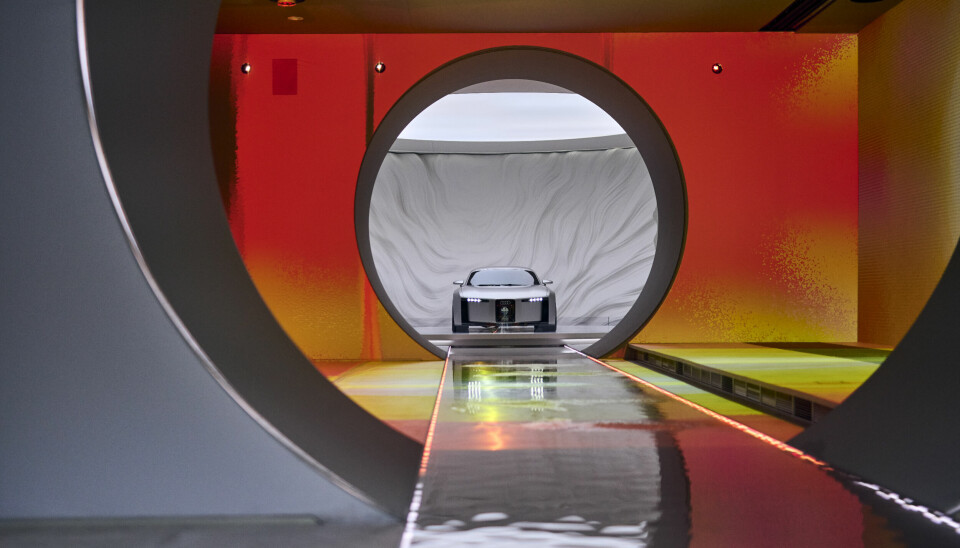
The IAA was a wake‑up call for European carmakers. Against a backdrop of global disruption, automotive design must lead the way — delivering bold, distinctive, and purposeful cars that reconnect brands with their DNA
This year’s IAA has been framed as the great European automotive reset. Some of Europe’s oldest and most storied OEMs have been struggling. The competition coming from China seems to have taken those in charge by surprise, although given how many high-level European designers have taken up posts there in recent years, perhaps leadership shouldn’t be surprised at all. Complacency has left companies looking confused and a little rudderless.
It’s time to take a long, hard look in the mirror, and for some of these grand old names to work out who they are and what they now mean to people.
Design must be at the forefront of this soul searching. I’ve always taken issue when friends tell me that “all cars look the same.” In general, I think this is a lazy comment, but in recent years it does seem that the vista has become more and more vanilla. Yes, there have been extravagant flourishes – BMW’s oversized nostril grille comes to mind – but too often they feel like isolated elements rather than being part of a cohesive design philosophy.
We should be pushing for a world where brands wear their design DNA as a badge of honour
As ever, I think there is a cyclical nature to this. Over time there is a convergence. As designers, we tend to get pulled into the trap of focus groups and feature points laid by program management: we end up chasing the customer and falling into the photoshop folder of mediocrity. It’s understandable – developing a new car is eye-wateringly expensive and the need to ensure sales success means brave design decisions are getting harder to make.
However, now is the time for brands to re-examine their DNA and make some bold decisions. As designers, we should be pushing for a world where brands wear their design DNA as a badge of honour to be celebrated.
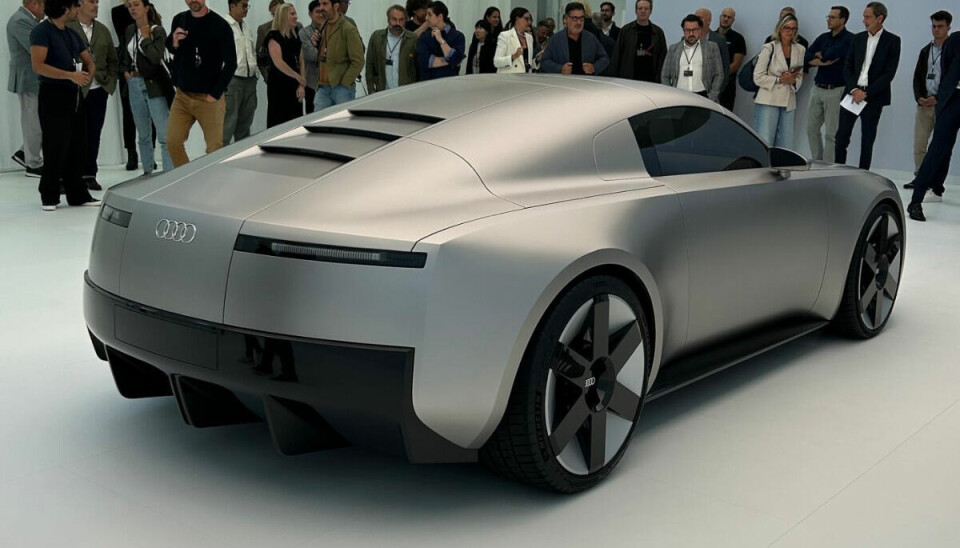
On the showing in Munich, Audi has made a strong start. In the flesh, the Concept C was a triumph. It has a clarity of purpose that is a return to form. You can see the Auto Union-ness of it but also it has the solidity of volume that was so good in the original TT and A4/A6 of the same time.
When I was studying in the late nineties, the A4 and A6 were the cars that really set the standard for strong design DNA. They may not have had the drama of the TT, but they grounded the brand in clarity, proportion and consistency – and that quiet authority clearly communicated what an Audi was all about.
The interior of the Concept C feels a little less harmonious, but I applaud the 'stowable' screen. Audi owned this as a feature of its interiors in the past and I think putting the visual noise away is something that all car owners would welcome as an option. There are nice nods to shytech all over the interior, which is in stark contrast to the BMW iX3 Neue Klasse.
‘How do I help the design director land that big idea? How do I make bolder designs?’
The BMW’s interior has been designed with technology that dominates. The trapezoidal centre screen looks cool but I don’t think it will make using it any easier. It’s worth remembering that BMW interiors always had a clarity of purpose. They are about the act of driving, placing the right information and controls intuitively to hand. This leads us to the panoramic vision display, which is awesome. It displays information exactly where you want it, a return to one of the things BMW has always done best.
The exterior of the BMW seems as if it is trying to slowly unpick what has gone before – with one foot in recent heritage and one in the future – but it looks more like two philosophies battling for supremacy than a coherent journey forward. It feels like a Neue Klasse face has been attached to a surface treatment and proportion that we’ve all seen before.
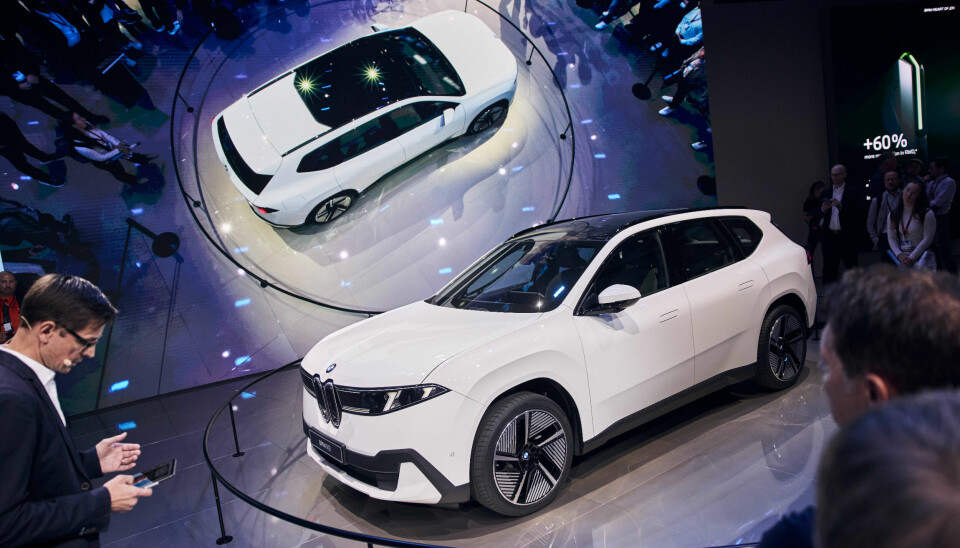
Which brings us back to my original comments about making brave design decisions. Being a designer can be tough; we are often the lone voice of a brand’s personality. We are at an inflection point where we need to make cars more distinct and it is the design community’s responsibility to make this happen.
At the IAA I spoke to designers, students and attendees, and there was a clear sense of appetite for change. Also importantly, speaking to people outside of the industry, they want to understand more clearly what the cars they buy stand for. People want choice, freshness and confidence from the cars they own – a real shift away from the design convergence of recent years.
Which means that when we go back to work, our mindset should be: "How do I help the design director land that big idea? How do I make bolder designs?"
